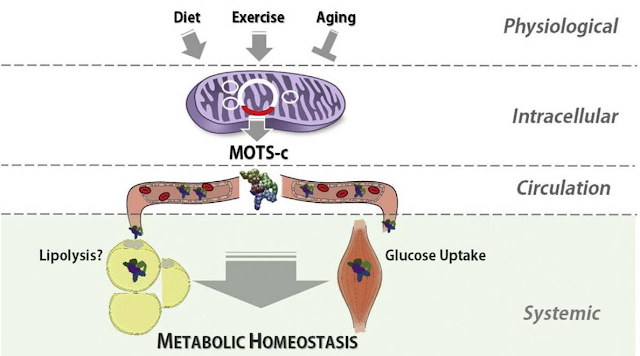 |
METABOLIC FLEXIBILITY
Metabolic flexibility is when our metabolism can efficiently switch and change when metabolic demand or supply is needed. These types of changes have trained our body to manage energy metabolism for optimal substrate (glucose, fatty acids, amino acids) storage and use during states of either food excess or deficiency, and periods of either rest or increased energy demand. The human body knows how to use moderate amounts of carbohydrates, amino acids and fatty acids. Our western diet, however, is characterized by excess food supply. Metabolic dysfunction or metabolic inflexibility is caused by continuous intake of excess calories, processed foods, and physical inactivity. A DYSFUNCTIONAL METABOLISMIn various models of obesity and diabetes we know that some metabolic pathways are dysfunctional. It is caused by competition between sugars, fats and proteins and what we call the 3 prongs of metabolic insensitivity. 1. Distorted nutrient sensing. This means the cell's ability to recognize and respond to substrates such as sugars or fats isn’t working. Insulin resistance is an example, it’s when cells in your muscles, fat, and liver don't respond well to insulin and can't use glucose from your blood for energy. 2. Blunted substrate switching. Example: skeletal muscle being unable to switch from carbohydrates to fats for energy needs. 3. Impaired energy homeostasis. The inability of the body to regulate food intake (energy inflow) and energy expenditure (energy outflow). Excess calories can overwhelm the mitochondria and cause mitochondrial dysfunction. This has many detrimental effects on metabolism and is strongly associated with weight gain in both humans and animal models. |

How MOTS-c Helps
We know that mitochondria are the main cellular sites devoted to ATP (energy) production and fatty acid oxidation. The Mitochondrial-Derived Peptide MOTS-c promotes metabolic homeostasis and reduces obesity and insulin resistance. Mitochondria also play a crucial role in determining metabolic flexibility.
MOTS-c in Osteoporosis
Osteoporosis is a multi-factor and age-related metabolic disease. Bone mesenchymal stem cells (BMSCs) are the progenitor cells of osteoblasts and adipocytes and play an essential role in the process of bone formation.
AMPK can stimulate the proliferation, differentiation and mineralization of osteoblasts, which exerts an important role in the cellular functions of osteoblasts. Osteoblasts are cells that make bone. Bone mass is maintained by a balance between the activity of osteoblasts that form bone and other cells called osteoclasts that break it down.
Studies show that BMSC’s treated with MOTS-c upregulated expression levels of ALP, Bglap, and Runx2. This resulted in the formation of mineralized nodules, indicating the osteogenic capacity of BMSC’s regulated by MOTS-c. In simple nonscientific terms,
MOTS-c promotes cell differentiation of BMSCs to osteoblasts = bone formation.
MOTS-C BENEFITS
- Promotes fatty acid metabolism in the liver
- Promotes metabolic flexibility and homeostasis
- Helps regulate mitochondrial energy
- Protects against age and diet dependent insulin resistance and obesity
- Helps with weight loss
- Promotes resistance to metabolic stress
- Improves exercise capacity
- Helps prevent osteoporosis
- Improves glucose regulation
- Promotes cell differentiation to form osteoblasts
Contact here to by reliable source of Human growth hormone.
Facebook: Li faye
⇒ https://www.facebook.com/customizedsupplierFaye
WhatsApp(Telegram):+8615820109590
Email: fayefaye@custompeptidestech.com

评论
发表评论